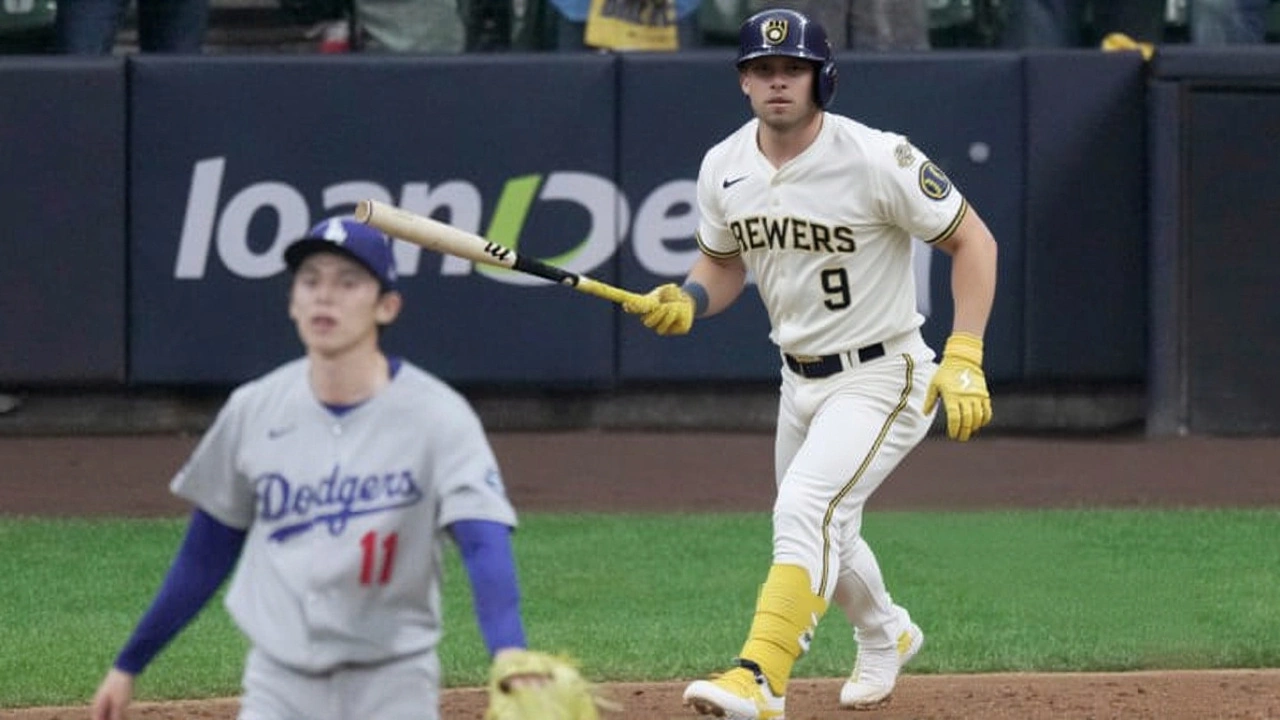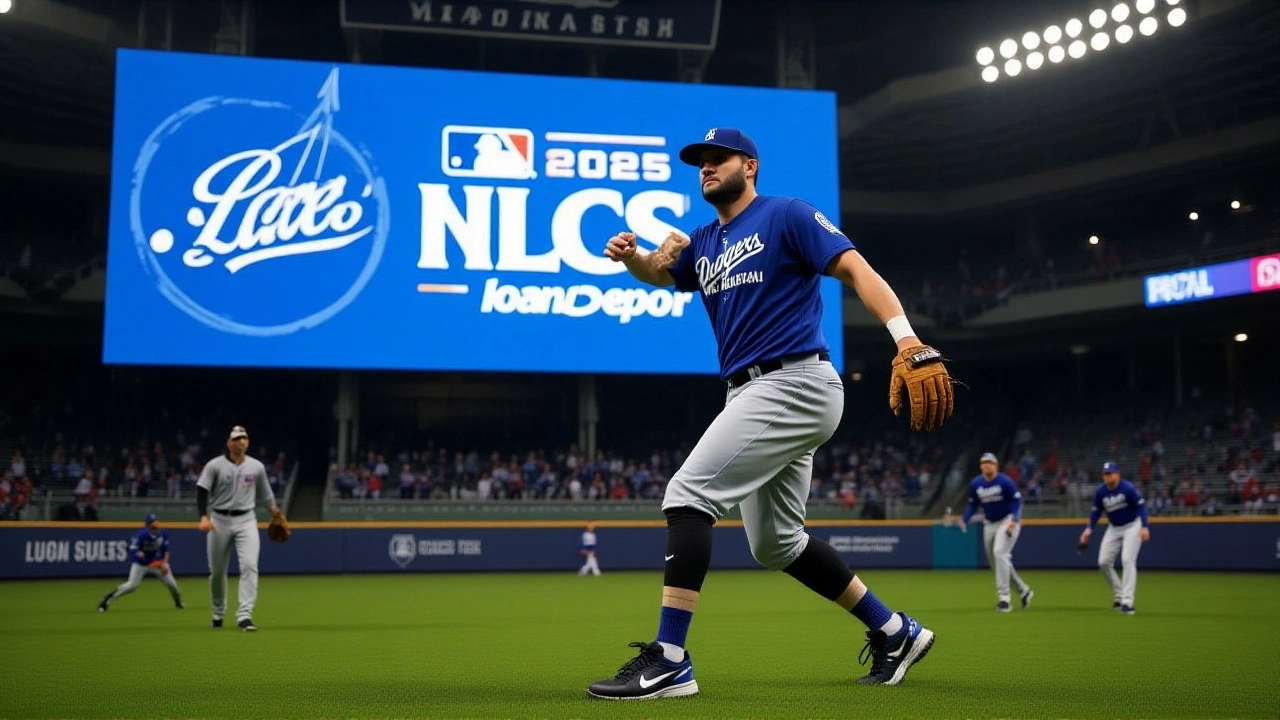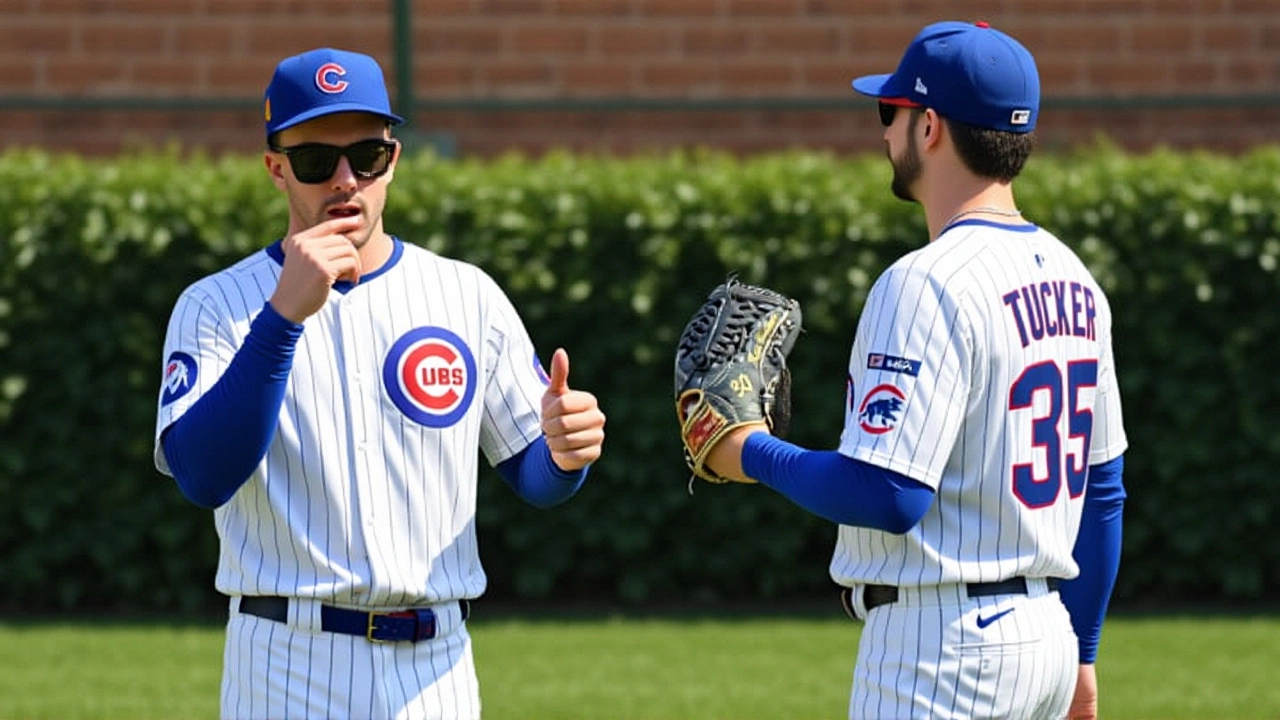When Kyle Tucker, a four‑time All‑Star outfielder for Chicago Cubs, finishes the 2025 MLB season, he will step into free agency with a market tag that rivals Juan Soto's historic 15‑year, $440 million contract. The buzz isn’t limited to Chicago; the Los Angeles Dodgers and the New York Yankees are already circling, turning what could be a routine renewal into a league‑wide bidding war.
Background: Tucker’s Rise and Contract Status
Tucker, 28, posted a .281 slash line in 2024, belted 32 home runs and swiped 22 bases while posting a -2.5 WAR across both halves of the season. His ability to attack from both sides of the plate and lock down center‑field with a 4.9 UZR makes him a rare blend of power and defense. The Cubs locked him in for 2025 at $16.5 million, a figure that sits comfortably under the franchise’s usual payroll ceiling but is a drop‑in compared with the $70 million‑plus deals handed out by bigger markets.
Industry execs say his free‑agency price will echo Soto’s $440 million balloon, though they expect a longer term with a lower average annual value (AAV). As one anonymous National League executive told reporters, “I would guess more years and a lower AAV, but it should be in that type of ballpark. He’s young, hits righties and lefties, and he’s a good defender. There’s an easy story to why he was a bit off in the second half, but nothing that should be a long‑term concern.”
Cubs’ Financial Landscape and Decision Dilemma
The Cubs are at a crossroads. Their payroll sits near $215 million for 2025, and about $20 million in contracts will expire after the season, creating modest flexibility. Yet, the franchise has never signed a player to a contract exceeding $200 million, let alone a $400‑plus million mega‑deal. General manager Jed Hoyer is reportedly weighing three options: let Tucker walk, match a market‑level offer, or negotiate a creative extension that spreads dollars over a decade.
One possibility floated in the media is a 12‑year, $300 million agreement that would keep Tucker in Chicago through his prime but keep the AAV under $25 million. The plan would also give the Cubs a few “pick‑up” years at the back end when Tucker’s performance may dip. Fans, however, are vocal; a recent Twitter poll showed 62 % would rather see the team spend big than keep rebuilding.
Dodgers’ Outfield Needs and Pursuit
The Dodgers entered the 2025 season with a glaring vacancy in left field after Michael Conforto’s slump cost them 15 wins in the first half. Their outfield is a carousel of talent—Mookie Betts in right, Teoscar Hernández currently holding left, and a bench full of young arms. Adding Tucker could flip the puzzle: move Hernández to right, slide Tucker into left, and keep Betts in center.
Los Angeles has a track record of splurging on elite talent—think the $650 million extension for Freddie Freeman in 2023. Sources close to the front office say the Dodgers are prepared to front‑load a deal, perhaps a 10‑year, $350 million contract, banking on Tucker’s consistency to fill a playoff‑or‑nothing window that runs through 2034.

Yankees’ Potential Fit
Across the country, the Yankees face a looming outfield attrition problem. Cody Bellinger and Trent Grisham are both scheduled to test free agency, leaving Aaron Judge as the only guaranteed power bat in the corner. Yankees GM Robby Gonzales has hinted that “flexibility” will be key, and Tucker ticks all the boxes: switch‑hit, solid glove, and a contract timeline that could align with New York’s “win‑now” philosophy.
New York’s payroll flexibility is bolstered by the recent off‑load of $18 million in rookie contracts, giving the front office room to sling a $320‑million, 11‑year pact if they think Tucker can anchor a re‑tooled outfield. The Yankees’ analytics department reportedly ran a “Tucker Index” that placed him in the top‑three outfield candidates for the 2025‑2028 window.
Market Projections and Potential Deal Structures
- Average annual value (AAV) range: $25 million‑$30 million.
- Contract length speculation: 10‑12 years.
- Potential escalators: 3‑year performance bonuses tied to OBP > .360.
- Escalation cliffs: salary drop‑off after year 10 to keep AAV under $30 million.
Economists note that the MLB luxury‑tax threshold for 2025 is projected at $250 million, meaning any deal above $35 million AAV pushes a team well into tax territory. This reality forces clubs to balance headline‑grabbing deals with smart fiscal planning. The Dodgers, with a $300 million luxury‑tax buffer, can absorb a higher AAV, while the Cubs must tread lightly.

What Comes Next?
Free agency officially opens on November 1, 2025. Expect a flurry of public statements, leaked phone calls, and perhaps a “press conference” from the Cubs on December 5 to announce their decision. If the Dodgers or Yankees lock Tucker down, Chicago could look to trade assets—maybe a package of prospects and a mid‑round pick—to recoup value before the deadline.
Meanwhile, the broader market will watch closely. A Tucker deal in the $350‑$380 million range would set a new benchmark for outfielders and could trigger a cascade of upgrades across the league, from the Seattle Mariners to the Miami Marlins.
Frequently Asked Questions
How will Tucker’s potential contract affect the Cubs’ payroll?
If Chicago matches market rates with a 12‑year, $300 million deal, the AAV would sit around $25 million, pushing the 2026 payroll close to $240 million—still under the projected $250 million luxury‑tax line but leaving little room for other big‑ticket signings.
What makes Tucker attractive to both the Dodgers and Yankees?
His switch‑hit power, 30+ home‑run ceiling, and sub‑5.0 UZR defensive rating mean he can fill any corner of the outfield while providing lineup flexibility—a rare combo that aligns with both clubs’ roster strategies.
Is a deal comparable to Juan Soto’s $440 million contract realistic for Tucker?
Analysts say a straight‑line $440 million pact is unlikely. The market will probably favor a longer term with a lower AAV—roughly $350‑$380 million over 10‑12 years—keeping the deal financially palatable for any team.
What timeline can fans expect for the final decision?
Free agency opens on November 1, 2025. Most negotiations wrap up by the end of December, with a possible formal announcement in early January before spring training begins.
Could Tucker’s contract set a new precedent for outfield salaries?
Absolutely. A deal north of $350 million would eclipse the current outfield high of Mookie Betts’ $365 million extension, prompting other clubs to adjust their valuation models for power‑speed combos.
